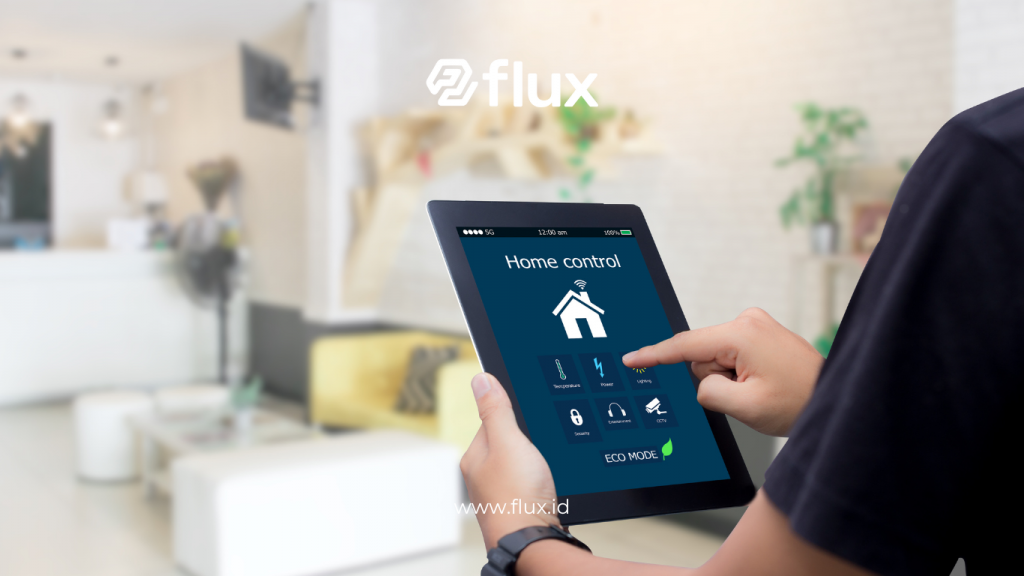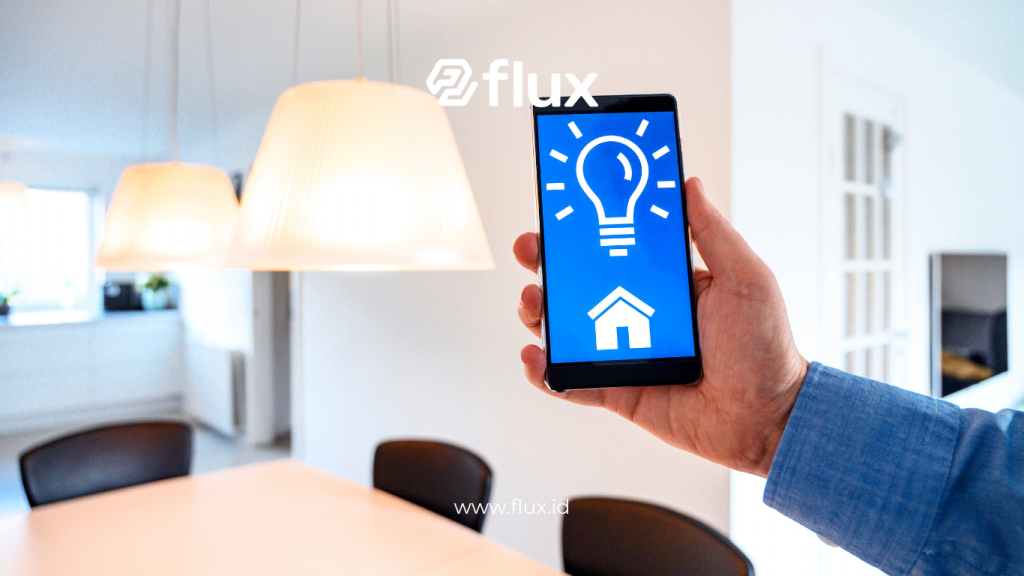Don't miss our holiday offer - 20% OFF!
Contents
What Is a Smart Home?

Read More: IoT and Smart Homes: Bringing Innovation to Every Corner of Your Home
A smart home is a residence equipped with technology that can be controlled and accessed via the internet. By using the Internet of Things (IoT), devices such as lights, air conditioners, door locks, security cameras, and other household appliances can be interconnected and remotely controlled through an app or voice commands. The concept of a smart home allows residents to improve comfort, security, and energy efficiency in their homes.
Why Choose a Smart Home?
There are many reasons why more people are switching to smart homes. Some of the key benefits offered by smart homes include:
- Comfort and Remote Control: You can control your home devices from a distance, even when traveling.
- Energy Efficiency: By automatically controlling energy usage, smart homes help reduce energy consumption and lower electricity bills.
- Enhanced Security: With IoT devices such as surveillance cameras and motion sensors, smart homes provide extra security for their occupants.
- Automation: IoT allows the automation of various household tasks, such as adjusting lights or turning on the AC at the right time.
Steps to Turn Your Home into a Smart Home

Read More: Smart Home IoT Technology: Intelligent Solutions for Everyday Life
Turning your home into a smart home with IoT doesn’t have to be complicated. Here are a few simple steps to get started:
1. Choose a Smart Home Platform
The first step in turning your home into a smart home is to choose a suitable smart home platform. This platform acts as the “brain” of your smart home, connecting all your IoT devices into one app or system. Popular platforms to consider include Google Home, Amazon Alexa, and Apple HomeKit.
2. Add IoT Devices
After choosing the right platform, the next step is to add IoT devices to your home. Some devices to consider include:
- Smart Lights: Smart lights allow you to adjust brightness, set timers, and control lights through voice or apps.
- Smart Locks: Smart locks make it easy to unlock and lock doors without physical keys. You can set access for family members or guests via the app.
- Smart Thermostats: Smart thermostats help automatically adjust room temperature based on your habits, keeping the home comfortable and energy-efficient.
- Security Cameras: Smart cameras let you monitor your home remotely and provide real-time notifications if suspicious activity is detected.
3. Integrate Devices with Automation System
Once the devices are installed, ensure they are connected and integrated with the smart home automation system. For example, you can set the lights to turn on automatically when the door opens or the thermostat to adjust when you arrive home.
4. Optimize Settings via App
The smart home app makes it easy to manage your IoT devices. You can schedule tasks, monitor energy usage, or receive important notifications through the app. Ensure the app you choose supports all the devices you have installed.
5. Add Voice Features
If you choose platforms like Amazon Alexa or Google Assistant, you can use voice commands to control your smart devices. This voice feature adds even more convenience as you can simply tell the device to turn on lights or adjust the temperature.
6. Security and Privacy
While smart homes offer great convenience, it’s important to prioritize security and privacy. Make sure the IoT devices you use come with strong security features such as data encryption and two-factor authentication. Also, regularly check for software updates to protect against potential threats.
Benefits of Using Smart Homes with IoT
Using IoT to build a smart home brings many benefits. In addition to comfort, energy savings, and security, smart homes improve your quality of life in practical and efficient ways. With rapidly advancing technology, smart homes are no longer an expensive or difficult goal to achieve but a practical solution that anyone can enjoy.
Challenges in Building a Smart Home

Read More: IoT and Privacy in Smart Homes: What You Need to Know
While there are many benefits, there are also some challenges to consider when building a smart home. These challenges include:
- Upfront Costs: The cost of purchasing IoT devices and a smart home platform can be a barrier for some people. However, device prices are becoming more affordable, and there are many options that can fit your budget.
- Device Compatibility: Not all IoT devices are compatible with all smart home platforms. Be sure to check device compatibility before purchasing.
- Stable Internet Connection: A fast and stable internet connection is key to ensuring that IoT devices work well. Without a strong connection, your smart devices may not function optimally.
Conclusion
Turning your home into a smart home with IoT is a simple and rewarding step. With the right devices and a compatible platform, you can enjoy better comfort, energy efficiency, and security. While there are some challenges, the benefits of a smart home far outweigh them. So, start with small steps and enjoy a smarter life at home!





